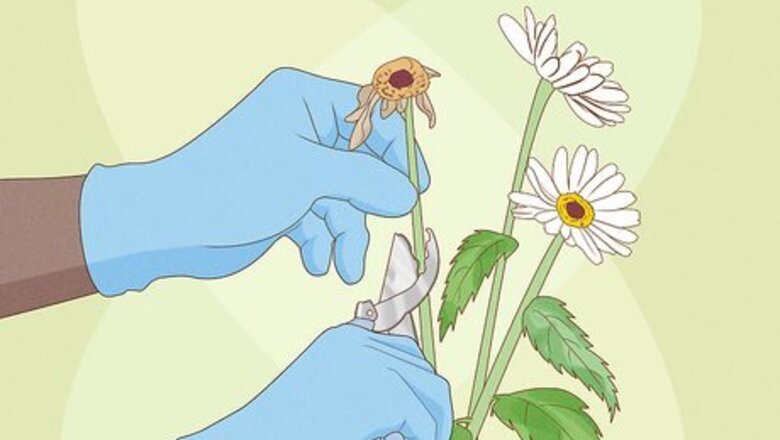
views
Encouraging Growth in Spring and Summer
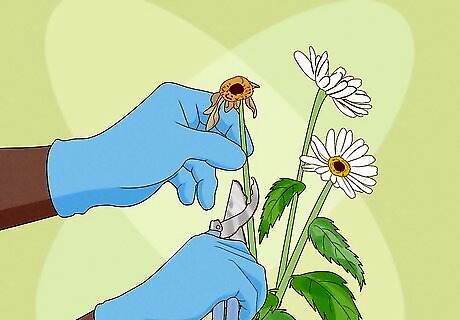
Pinch off individual dead flowers with your fingers or hand pruners. Remove the dead flowers before they begin producing seeds. This will make the daisy plant invest energy in creating new flowers, rather than producing seeds in the spent flowers. You can easily tear off the stem which connects the dead flower to the soil. Wear gardening gloves since some tougher stems could irritate your skin. Use hand pruners to snip off spent blooms. On average, perennial flower blooms last for 3–4 weeks.
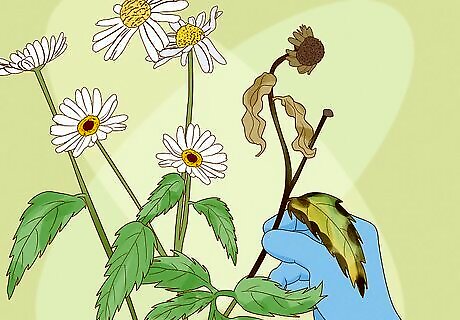
Remove dead and yellowed foliage. Leaves and stems can die at any point during the year, so you should remove the dead materials as soon as you notice them. Dead stems and leaves will be dark brown or black and brittle. You can snip these off in sections with pruning shears, or pull off individual dead leaves and stems with your fingers. Also remove yellow and wilting stems and leaves. Yellowing foliage will probably not recover, and is just as unsightly as dead foliage.
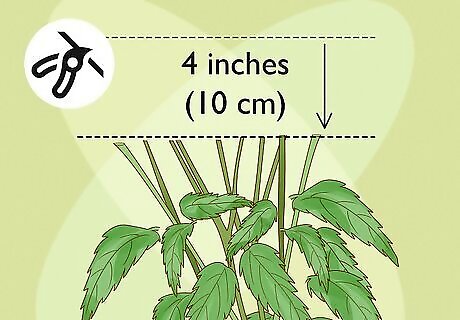
Prune all of the daisy stems back by roughly 4 inches (10 cm). Using a sharp pair of pruning shears, cut the tops off of your entire bed of daisies. This will ensure that, as the stems continue to grow and when the flowers re-emerge, they’ll all grow at the same height. This process is often called “deadheading,” since you’re removing the dead heads of flowers. If you don’t have a pair of pruning shears, purchase one at your local hardware store or home and garden supply store. Cut the spent flower stems below the foliage to prevent unsightly stems from sticking out of your plant.
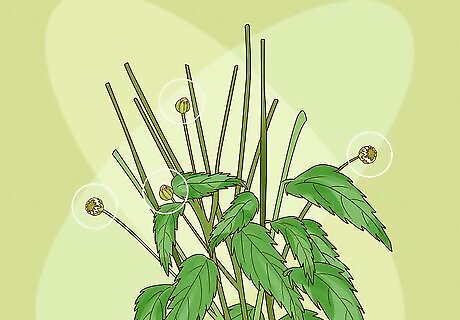
Leave the tiny flower buds on the plant. If you look closely at your bed of daisies, you’ll be able to see many small flower buds—each only about ⁄4 inch (0.64 cm) in size—growing about 5 inches (13 cm) beneath the large flowers. When you prune the daisies, do not cut off these buds. If you do, you’ll wind up waiting over a month for new flowers to emerge after you’ve pruned the daisy bed.
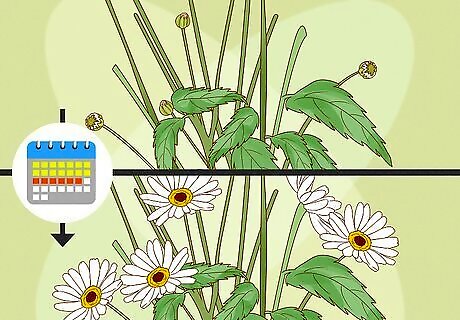
Wait 2–3 weeks for the next round of flowers to emerge. Daisies are fast-growing flowers. Once pruned they will grow back within 14–20 days. If you don’t prune off your daisies, you’ll find that you have a flower bed full of unsightly seed pods instead of attractive flowers.
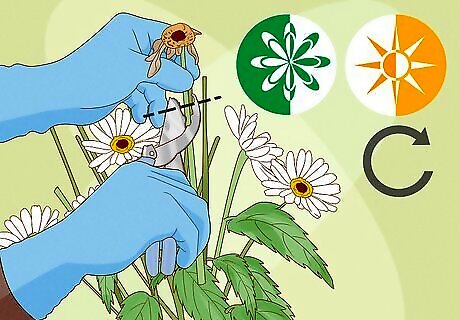
Repeat the pruning cycle for the full growing season. You can maintain the pruning cycle during the daisies’ spring and summer growing seasons. As soon as you notice that a majority of the daisies have died and are beginning to produce seeds, prune the daisy plant. By pruning, you’re essentially forcing the daisy plant to repeat a specific part of its reproductive cycle, rather than allowing it to finish the cycle as it would in nature.
Preparing Daisies for Fall and Winter
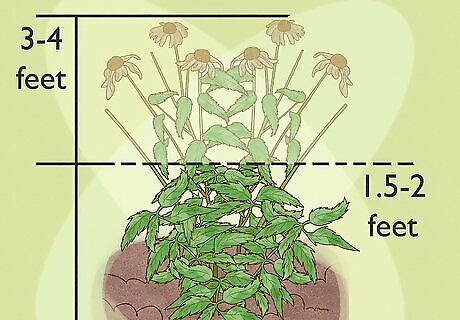
Prune green daisy plants in fall by cutting half the stem off. Daisy plants can grow 3–4 feet (0.91–1.22 m) tall during the peak of summer. Once they’ve had their last bloom in early fall, cut off the top half of the plants so that only 1.5–2 feet (0.46–0.61 m) remain. The green, leafy daisy stalks will still look nice in a fall garden. At this point, the daisy plants will put their energy into maintaining the leaves rather than producing seeds.
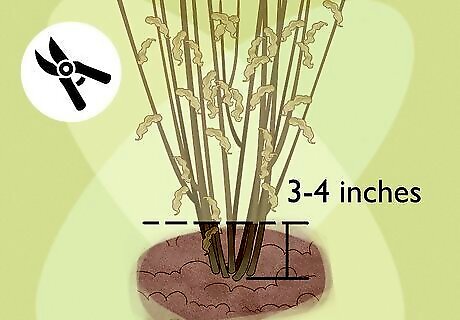
Remove any blackened, dead daisies. If your garden has daisies that are completely dead, it’s best to prune them out entirely. The stems of dead daisies are often brittle, so you can bend and snap the stems near the ground. Then take a pair of pruning shears and cut the daisy stems off about 3–4 inches (7.6–10.2 cm) from the ground. Dead daisies in winter will have no greenery on the stems or stalk, and they can start to look slimy and unsightly.
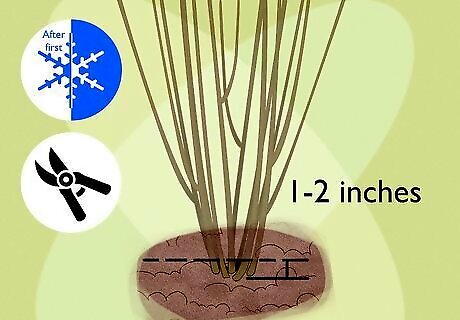
Cut daisy stems to 1–2 in (2.5–5.1 cm) above the soil line in winter. Give your daisies a drastic pruning every year after the first frost. Use a sharp pair of gardening shears to trim each daisy stem so that no more than 1–2 inches (2.5–5.1 cm) protrudes up above the soil. If you’re not sure when the first killing frost occurs in your region, you can look it up online here: https://www.almanac.com/gardening/frostdates.

















Comments
0 comment